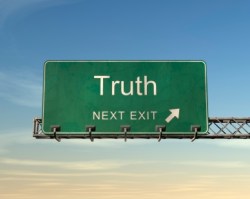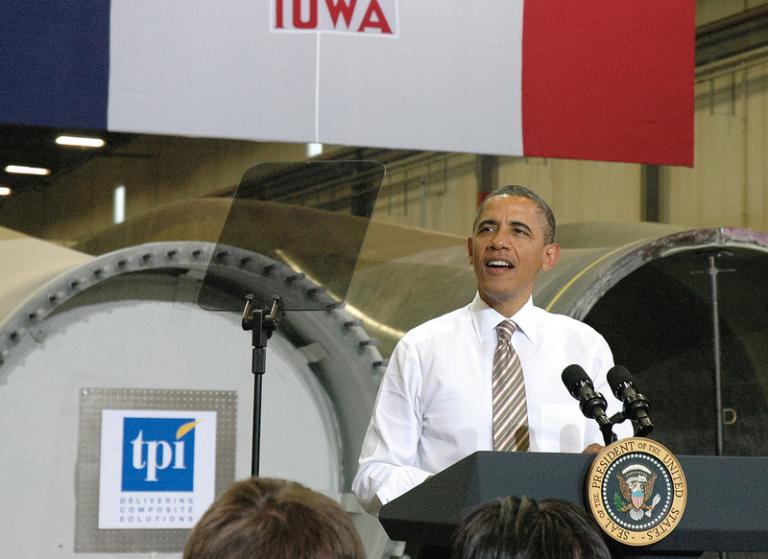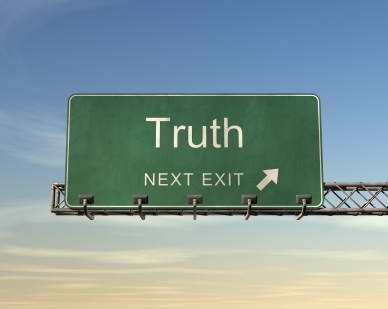 We’ve all heard the common myths about renewable energy: It’s expensive; it can’t be relied upon; there just isn’t enough of it to meet our energy needs. But as technological advances and plummeting costs drive explosive growth — U.S. installed wind capacity has grown sevenfold to nearly 47 gigawatts in the last seven years — real-world experience is shattering long-held assumptions every day. Even ardent supporters of renewables may be surprised by what we’re learning.
We’ve all heard the common myths about renewable energy: It’s expensive; it can’t be relied upon; there just isn’t enough of it to meet our energy needs. But as technological advances and plummeting costs drive explosive growth — U.S. installed wind capacity has grown sevenfold to nearly 47 gigawatts in the last seven years — real-world experience is shattering long-held assumptions every day. Even ardent supporters of renewables may be surprised by what we’re learning.
Renewable energy actually reduces electricity prices for businesses and consumers. A new analysis [PDF] conducted by Synapse Energy Economics on behalf of Americans for a Clean Energy Grid found that adding more wind power to the electric grid could reduce wholesale market prices by more than 25 percent in the Midwest region by 2020 — $3–$10 per megawatt hour (MWh) in the near term, and up to nearly $50 per MWh by 2030. Those savings would be passed along to consumers through lowering retail electricity prices by $65–$200 each year.
The reason for this is surprisingly intuitive when you understand that electricity prices are based on the marginal (or operating) cost of the power plant generating the power. The marginal cost is essentially the cost of fuel, be it coal, natural gas, wind, etc. Since the fuel cost of renewable resources like wind and solar is zero, adding renewable resources always pulls down the market price of all the electricity sold in the market whenever it is available.
Infrastructure to connect renewable energy is a great investment. The Synapse analysis also found that new transmission is needed in the Midwest region to tap wind power. New high-voltage transmission lines are large infrastructure investments, but are the smallest part of a typical electricity bill — less than 10 percent, according to the U.S. Department of Energy. Generation is much more expensive, comprising two-thirds of the average bill. Synapse found that new transmission to connect more zero-fuel-cost renewable energy would save customers more than double the cost of building it. Again, it makes plain sense that transmission to connect cleaner and cheaper sources of power is a good deal for customers.
Integrating variable renewable resources is easier and cheaper than we thought. There are challenges to integrating any kind of power into the grid, but the challenges for wind are minimal and well worth the effort. Joe Gardner, executive director of real-time operations for the Midwest Independent Transmission System Operator (MISO, the regional grid for all or part of 12 Midwestern states), told his board of directors in February that “MISO does not currently anticipate significant operational management issues in the next several years.” This statement is especially remarkable when one considers the explosive rate of growth in wind on the MISO system: less than 1000 MW in 2008; 11,000 MW today; and more than 14,000 MW by the end of 2012 — about 10 percent of all generation on the system.
Why has integrating so much wind so fast been relatively painless?
- Geographic diversity: The wind blows at different times in different places across MISO’s 12-state footprint, smoothing out the variation at any single location.
- Better forecasting tools make it easier to accurately predict wind-turbine output.
- Transmission expansions and upgrades are being approved and constructed, giving operators greater flexibility to manage all resources and consumers more choices and competition.
- Grid operators around the country and the globe are gaining experience and learning from each other as they successfully integrate ever larger amounts of renewable energy into their systems.
America has far more than enough renewable energy resources to meet its entire electric demand. World-class renewable resources from wind in the Great Plains to solar in the Southwest could power the whole country more than a dozen times over. The fuel for these power plants, wind and sunlight, are unlimited and will always be free. State renewable energy standards once considered ambitious at 10 to 40 percent now look modest in light of recent growth. Given our current understanding of renewable energy resources, technology, cost, and integration, it’s now realistic to envision a future where renewable resources provide far higher shares of America’s electric generation needs — 80 to 90 percent or more.
The only remaining barriers to achieving such massive increases in renewable energy use are a lack of understanding and a lack of political will. We are overcoming the former as we discover the truth about renewable energy. It’s inexpensive, reliable, abundant, all-American — and yes, it’s still clean.




